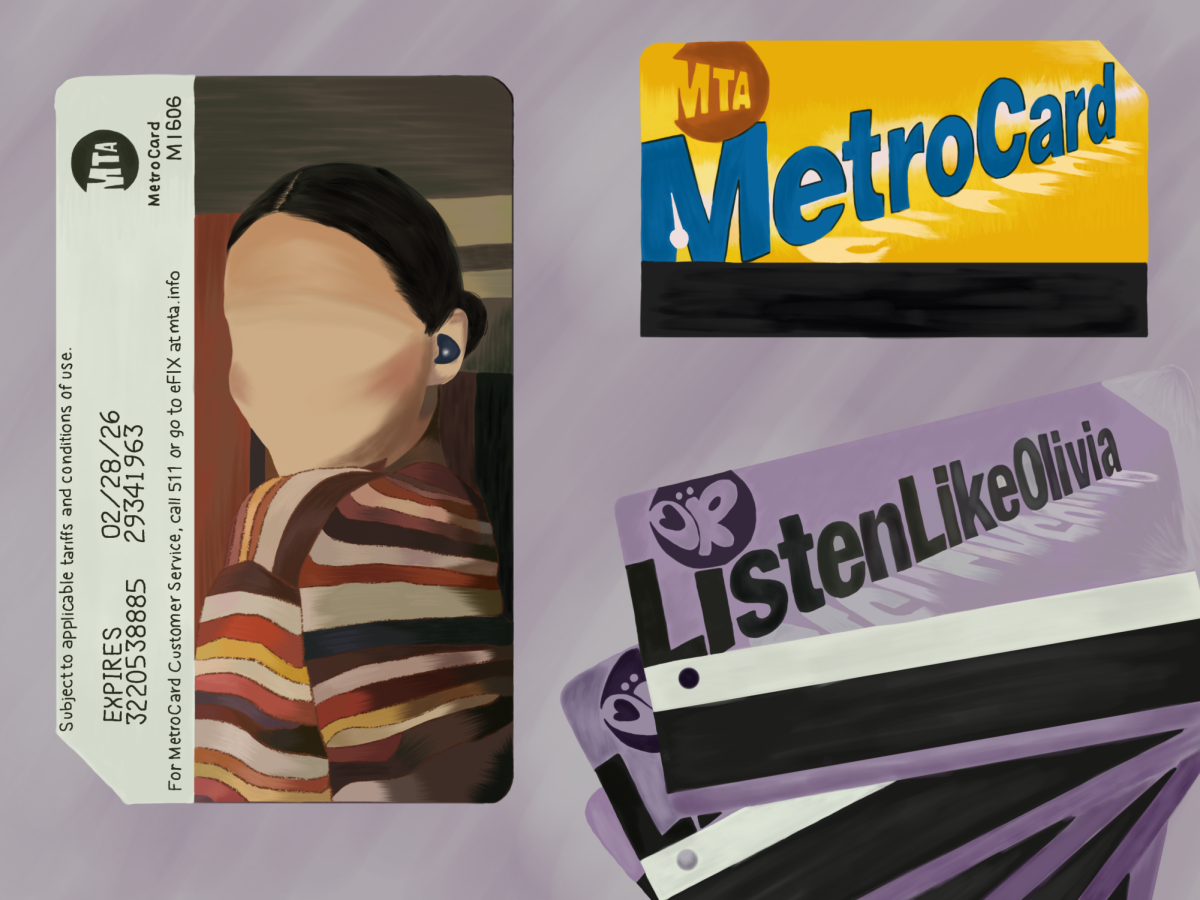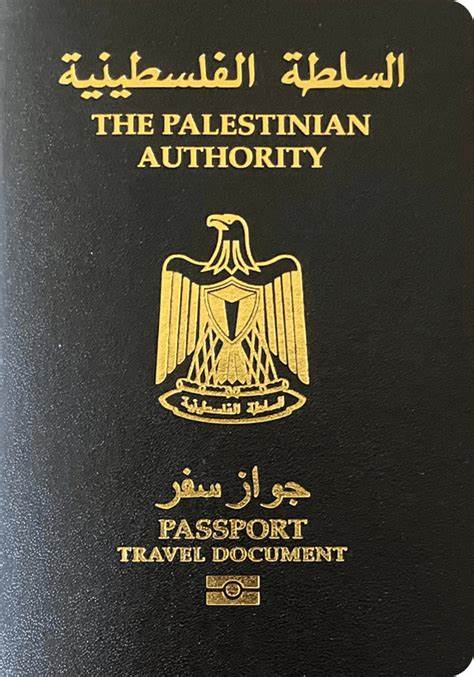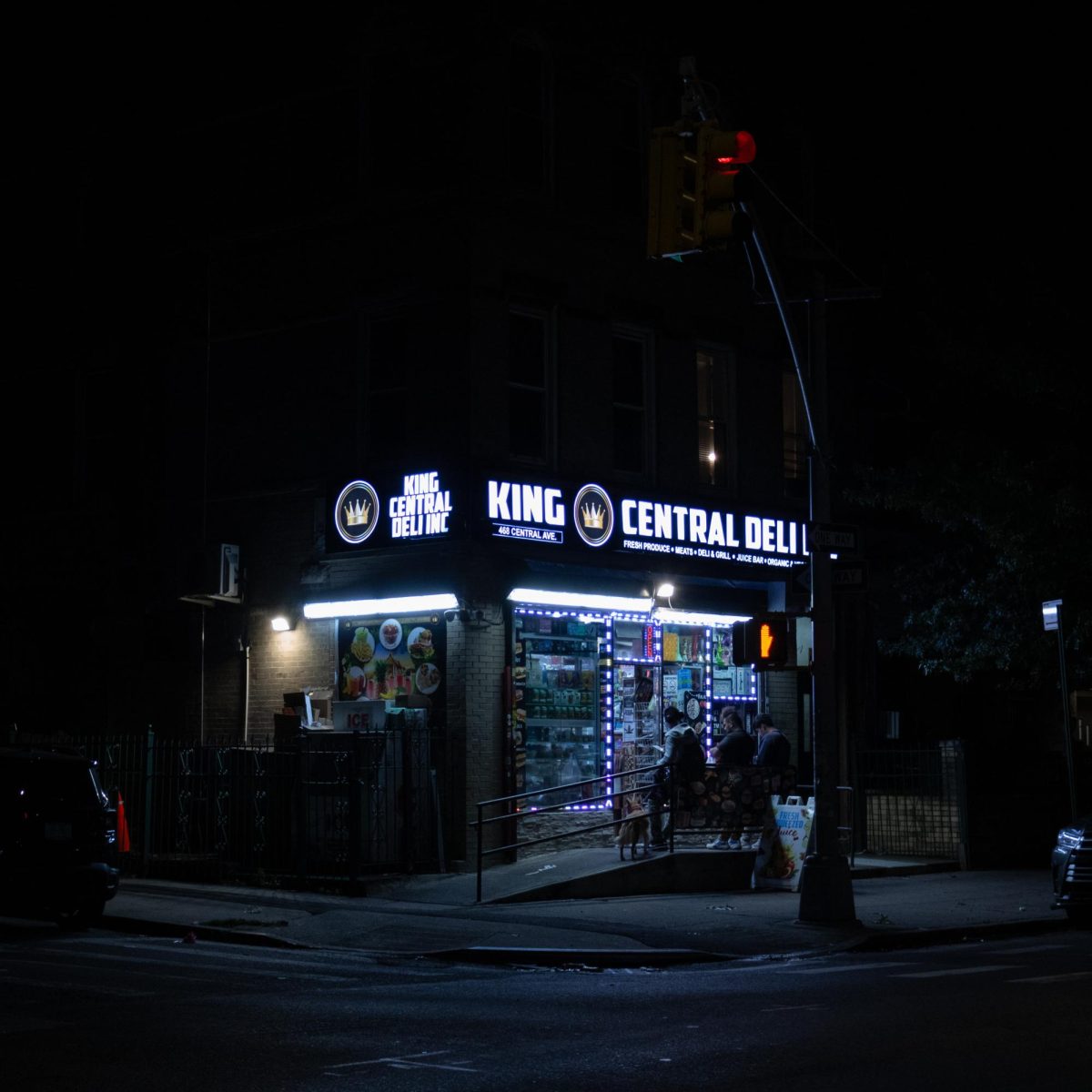The era of MetroCards is coming to an end.
On March 19, Metropolitan Transportation Authority Chair and CEO Janno Lieber announced that the agency will stop selling the iconic yellow cards by the end of 2025 and fully shift to OMNY, its contactless tap-to-pay system.
“After 32 years, it’s time to say goodbye to the MetroCard and go all in on the fare payment system of the future,” Lieber wrote in a statement.
In 2017, the MTA signed a $573 million contract with Cubic to develop and implement the OMNY system, originally aiming to retire the MetroCard by the end of 2023.
However, that deadline was pushed back two years due to the COVID-19 pandemic and manufacturing issues with the new OMNY vending machines.
As a result, the contract’s cost surged past $700 million.
The agency now plans to install OMNY vending machines in every subway station by fall 2025.
Customers who prefer to use a physical card will be able to purchase a physical OMNY card for $1 and reload them online or at OMNY stations throughout the city.
Commuters with existing MetroCards can continue using them as they will remain active until the end of 2026.
Mayor Eric Adams announced on July 25, 2024 that NYC public schools would start receiving student OMNY cards for the 2024-2025 school year.
Unlike the student MetroCards — which could only be used on school days during certain hours— OMNY cards are valid all day, every day, including weekends and holidays.
According to the MTA, the majority of subway and bus riders use credit cards, smartphones or OMNY cards to pay their fares.
For some New Yorkers, the shift to OMNY is more than just a technological upgrade — it is a disruption to a system they have relied on for decades.
Concerns over convenience, cost and privacy are rising, especially among those who prefer using cash or worry about potential technical issues and data security.
In a press release, the MTA said that unlimited 30-day MetroCards end up costing riders more money, stating, ‘there is $40 million of fare value underutilized annually from weekly and monthly MetroCards.’
According to the MTA, $40 million worth of rides go unused every year because people overestimate how much they will travel.
However, with OMNY, the MTA argues that riders only pay when they actually ride because they will not be paying in advance.
And while convenience comes down to personal preference, those concerned with privacy are urged to review the OMNY privacy policy and agreement, which describes how the MTA collects, uses and treats personal information.
MetroCards, which have been in use since 1994, completely replaced the subway token when they were discontinued in April 2003.
Lilly Tuttle, curator at the Museum of the City of New York, pointed out the cultural significance of the MetroCard as a canvas for the MTA Arts & Design Program.
In 2009, seven million MetroCards were printed with the word “Optimism” to bring joy to transit hubs.
Since the introduction of MetroCards over 30 years ago, there have also been over 400 limited edition cards in circulation.
“I think there will be something lost,” Tuttle said, acknowledging the end of an era.
After it says goodbye to New York City, the MetroCard will join the token as a relic of the past in the NYC subway system as the MTA continues the process of fully transitioning to OMNY.







